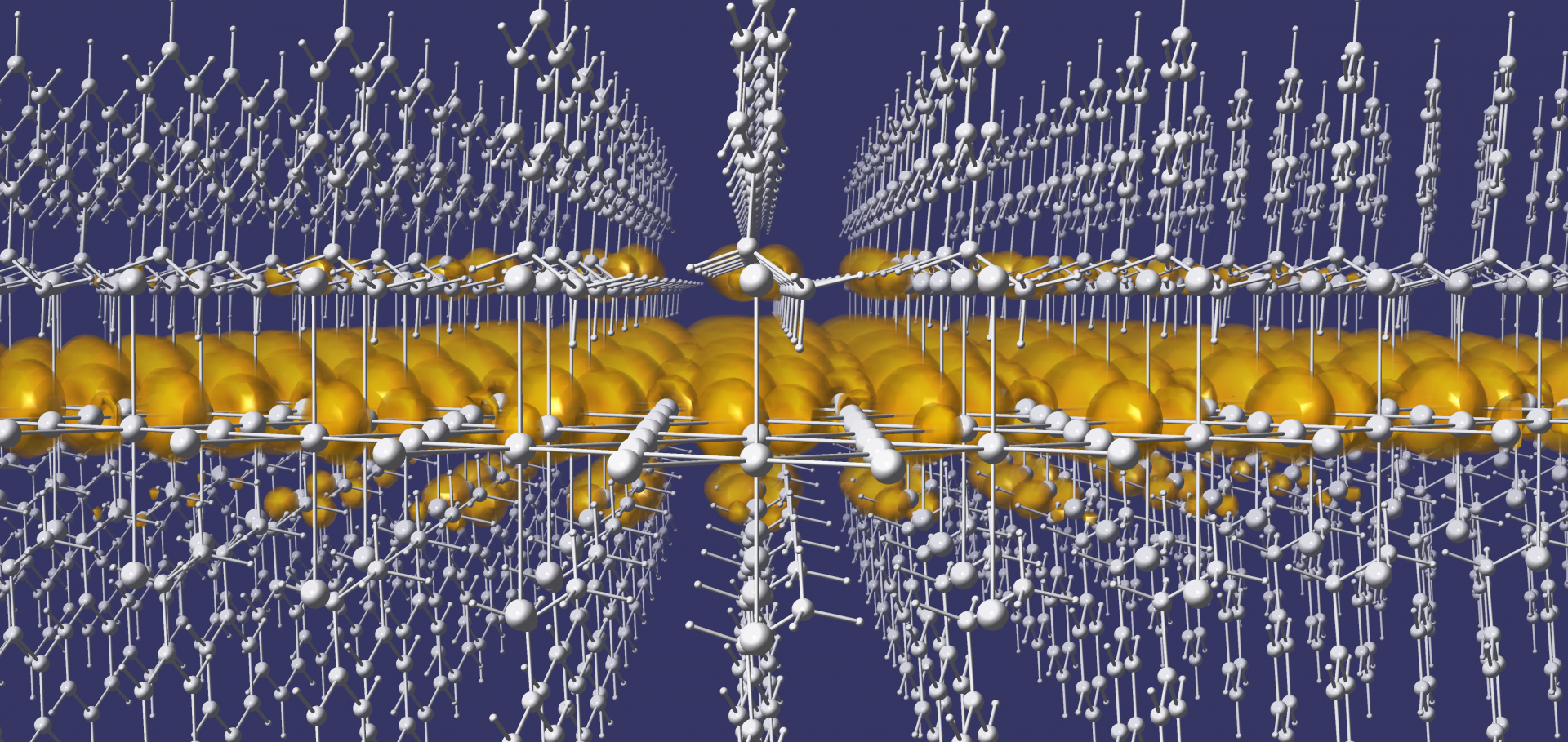Band gaps of crystalline solids from Wannier-localization-based optimal tuning of a screened range-separated hybrid functional.
Proceedings of the National Academy of Sciences of the United States of America 118:34 (2021) ARTN e2104556118
Abstract:
Accurate prediction of fundamental band gaps of crystalline solid-state systems entirely within density functional theory is a long-standing challenge. Here, we present a simple and inexpensive method that achieves this by means of nonempirical optimal tuning of the parameters of a screened range-separated hybrid functional. The tuning involves the enforcement of an ansatz that generalizes the ionization potential theorem to the removal of an electron from an occupied state described by a localized Wannier function in a modestly sized supercell calculation. The method is benchmarked against experiment for a set of systems ranging from narrow band-gap semiconductors to large band-gap insulators, spanning a range of fundamental band gaps from 0.2 to 14.2 electronvolts (eV), and is found to yield quantitative accuracy across the board, with a mean absolute error of ∼0.1 eV and a maximal error of ∼0.2 eV.Hot electron cooling in InSb probed by ultrafast time-resolved terahertz cyclotron resonance
Physical Review B American Physical Society 103 (2021) 245205
Abstract:
Measuring terahertz (THz) conductivity on an ultrafast time scale is an excellent way to observe charge-carrier dynamics in semiconductors as a function of time after photoexcitation. However, a conductivity measurement alone cannot separate the effects of charge-carrier recombination from effective mass changes as charges cool and experience different regions of the electronic band structure. Here we present a form of time-resolved magneto-THz spectroscopy which allows us to measure cyclotron effective mass on a picosecond time scale. We demonstrate this technique by observing electron cooling in the technologically-significant narrow-bandgap semiconductor indium antimonide (InSb). A significant reduction of electron effective mass from 0.032 me to 0.017 me is observed in the first 200 ps after injecting hot electrons. Measurement of electron effective mass in InSb as a function of photo-injected electron density agrees well with conduction band non-parabolicity predictions from ab initio calculations of the quasiparticle band structure.Phonon Screening of Excitons in Semiconductors: Halide Perovskites and Beyond
(2021)
Chemically-localized resonant excitons in silver-pnictogen halide double perovskites
Journal of Physical Chemistry Letters American Chemical Society 12:8 (2021) 2057-2063
Abstract:
Halide double perovskites with alternating silver and pnictogen cations are an emerging family of photoabsorber materials with robust stability and band gaps in the visible range. However, the nature of optical excitations in these systems is not yet well understood, limiting their utility. Here, we use ab initio many-body perturbation theory within the GW approximation and the Bethe-Salpeter equation approach to calculate the electronic structure and optical excitations of the double perovskite series Cs2AgBX6, with B=Bi3+, Sb3+, X = Br−, Cl−. We find that these materials exhibit strongly localized resonant excitons with energies from 170 to 434 meV below the direct band gap. In contrast to lead-based perovskites, the Cs2AgBX6 excitons are computed to be non-hydrogenic, with anisotropic effective masses and sensitive to local field effects, a consequence of their chemical heterogeneity. Our calculations demonstrate the limitations of the Wannier-Mott and Elliott models for this class of double perovskites and contribute to a detailed atomistic understanding of their light-matter interactions.Chemically-Localized Resonant Excitons in Silver-Pnictogen Halide Double Perovskites
(2021)


